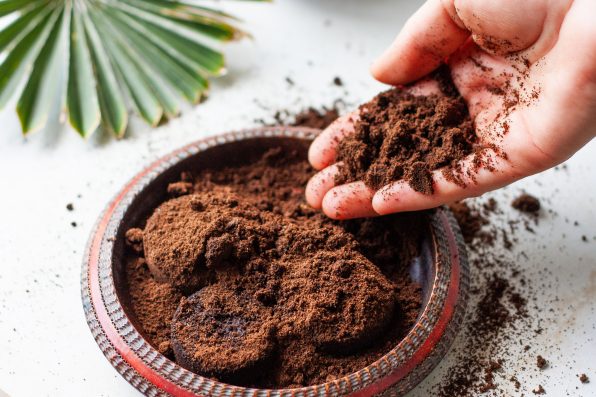Novel Research Found That Coffee Grounds Could Be Given A Second Life By Being Repurposed Into Eco-Friendly Items Thanks To 3D Printing

Did you know that grabbing your morning cup of coffee could do more than just perk you up? New research conducted by scientists at the University of Colorado has uncovered that your coffee grounds could have a second life– being repurposed into useful objects like disposable espresso cups and garden pots, all thanks to the magic of 3D printing.
Ben Coxworth from New Altlas reported that Michael Rivera, an assistant professor of computer science, along with his team, blended water, powdered cellulose, and xanthan gum with coffee grounds. The result? A compostable and food-grade paste that’s ready to be shaped using different molds.
Since the paste is eco-friendly, the plant containers crafted from it can be planted right in the soil. Plus, the material is recyclable. So, should one of the 3D-printed items outlive its usefulness, it can be ground back down to a powder and reborn as something new.
“You can make a lot of things with coffee grounds. And when you don’t want it anymore, you can throw it back into a coffee grinder and use the grounds to print again,” Rivera said.
Rivera’s team isn’t alone in their innovative use of coffee grounds. A sneaker brand and Australian researchers are also on board, exploring new and inventive ways to harness this resource.
Nonetheless, it seems the University of Colorado’s research is pioneering in melding this everyday waste material with 3D printing technology, which has been expanding its uses ever since the debut of the first printer back in 1981.
And this fusion of tech and food scraps might benefit the environment in multiple ways.
For starters, the research points out it could cut down on the energy and waste linked to some forms of 3D printing. It offers a substitute for plastics, which are known for shedding harmful toxins into our surroundings.
Additionally, coffee grounds left to break down in landfills emit methane, a greenhouse gas that contributes to global warming at a rate 80 times more potent than carbon dioxide.

Caterina Trimarchi – stock.adobe.com – illustrative purposes only, not the actual person
Rivera was inspired to conduct this research after watching coffee-ground waste pile up throughout the COVID-19 pandemic. And now, he believes this technology could pave the way for more sustainable 3D printing practices across various sectors.
“If you throw polylactic acid (PLA) in a landfill, which is where the majority of PLA ends up, it will take up to 1,000 years to decompose. Our vision is that you could just pick up a few things at a supermarket and online and get going,” Rivera concluded.
To read the study’s complete findings, which have since been published in “Proceedings of the 2023 ACM Designing Interactive Systems Conference,” visit the link here.
If true crime defines your free time, this is for you: join Chip Chick’s True Crime Tribe
Her Cousin Embarrassed Her In Front Of Everyone In A Restaurant For Having A Big Nose
In 1965, This Toddler Mysteriously Disappeared From Her Home While Playing In The Front Yard
Sign up for Chip Chick’s newsletter and get stories like this delivered to your inbox.
More About:Science